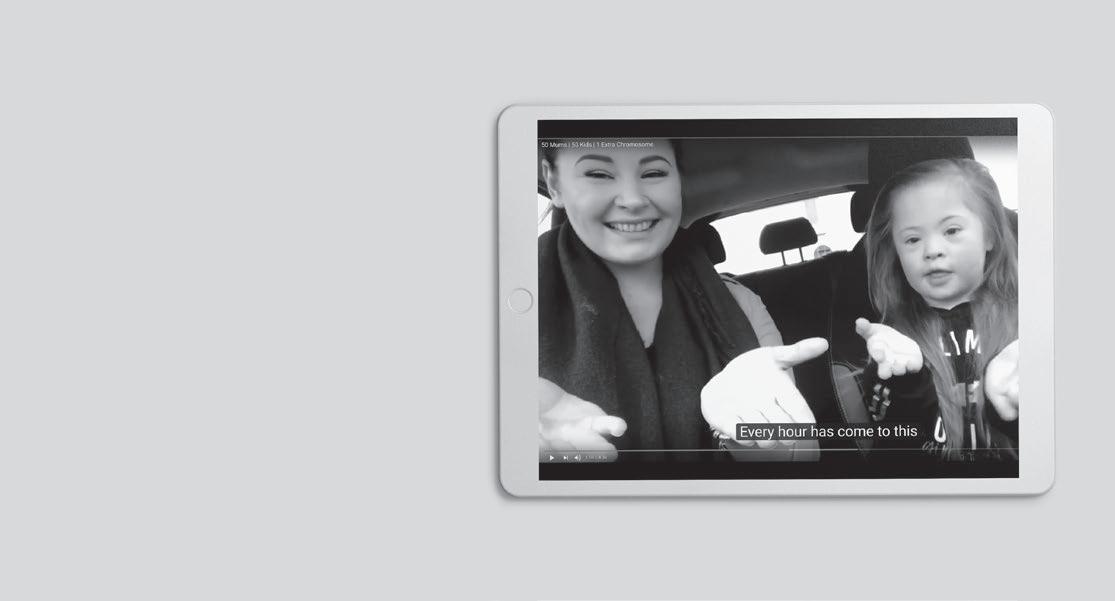Disability Sector To Drive Revolution The disability sector is on the brink of the most exciting transformation in New Zealand history, aiming to improve the quality of lives for disabled people and their families. The new system wants to offer disabled people and their families more options, more decision-making and more effective interaction with Crown agencies. The disability sector has been calling for change for a long time, as the disabled people feel that their lives fit around the system, instead of the system enabling their lives. There have also been concerns about a lack of options for support being allocated services without choice, having to repeatedly explain their lives to different agencies and what was going on in their lives and having to battle for support that they are legally entitled to. In response to these concerns a group from the disability sector presented a vision and principles called Enabling Good Lives to the then Minister of Disability, Tariana Turia. After three years of discussions and workshops with disabled people, families, Crown agencies and service providers, a new vision for the disability sector was presented to the Government and is set to be signed off by Cabinet and to be trialled in the MidCentral area this year. MidCentral is an area which covers Palmerston North, Horowhenua, Manawatū, Ōtaki and Tararua districts in the central North Island. In 2020, the programme is expected to be expanded to Canterbury, Waikato and the Bay of Plenty. The core vision behind the system transformation is to avoid disabled people having to deal with numerous agencies to access their services. Instead, the new system envisages for the different funding streams to be bundled and for the disabled person and their families to decide where best to use this funding and what service provider they want to use. In the new system the families will be supported by a Connector, to become their advocate and the navigator through this new system. Currently, most families will have interactions with the likes of the Ministry of Health, the Ministry of Social Development, the Ministry of Education, Life Links, Idea Services, Manuwanui, ACC and many others, but going forward the families are expected only to deal with their Connector instead.
CHAT 21 | Issue 74, Autumn 2018
The goal for this new system is to Enable a Good Life. The transformation started last year with a threemonth project in which representatives from the Ministries of Health and Social Development worked alongside the disabled community to design a process for a nationwide transformation of the disability support. The group was made up of five disabled people, two family representatives, two service providers and four Government officials and came together for ten workshops over two months. The starting point for the group was to create a high-level design for a system that delivers the best experience for disabled people and their family/ whānau. It will be built around the following core elements. • A w e l c o m i n g e n t r y – p e o p l e a r e welcomed into the system, provided with information, linked with a Connector, peer network, government agency or disability organisation. • Access to a Connector - someone who can walk alongside disabled people and whānau to help them identify what they want in their lives, how to build that life, and the range of supports available to live that life. • Connected support across government – you talk to your Connector about what you need and the Connector talks to a Government Liaison person to access other government services (e.g. benefit applications), and to build positive relationships with other parts of government (e.g. learning support in school). • Easy to use information and processes. • A straightforward process for accessing funding, with flexibility about what can be purchased and easy reporting on how funding has been used. • Capability funding for disabled people and their whānau to build their leadership skills. • Greater system accountability - disabled people and their whānau are involved in monitoring and evaluating the system so they can check if it is working well.
14














